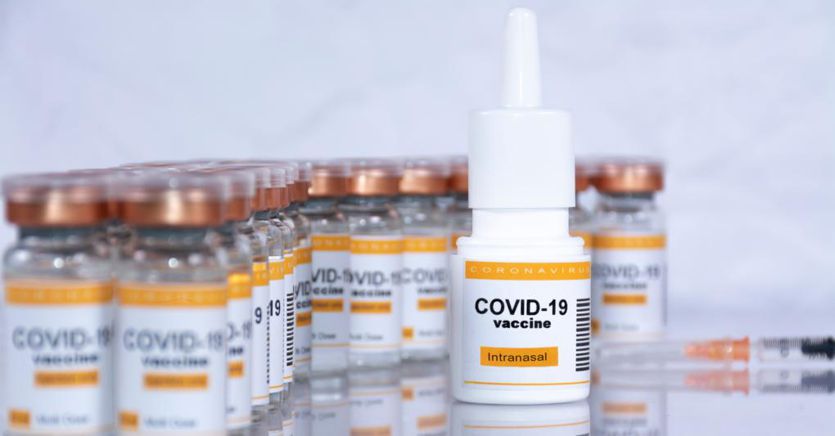The second generation anti Covid 19 vaccines will also, in all likelihood, be in nasal spray, to be taken at home, without special precautions or precautions. In fact, several companies are working on this type of formulation, some of which (eight) are now at clinical trial, in three cases of phase 3, i.e. aimed at determining the efficacy on large numbers of patients, after having demonstrated safety. The motivation, even before the practical one – it is evident that a type of administration that does not require particular storage, preparation and intake conditions would be enormously advantageous from the point of view of the organization of vaccination campaigns – is immunological, because there are more and more studies which show that immunity passing through the nasal mucosa is more complete, lasting and efficient than that passing through muscle tissue, especially in the case of upper respiratory tract infections.
How the “mucosal” vaccine works
So far the so-called “mucosal” immunity, which arises in the mucous membranes such as those of the nose, airways and intestines, has been relatively neglected in studies on Covid vaccines, because it involves some more difficulties and is less known than that, much better known, which exploits antibodies and lymphocytes that are generated after the passage of the antigens in the muscle tissue. However, if it were possible to block the entry of the virus with effective antibodies already in the very first contact cells (those of the nose and oral cavity), it would avoid the development of any infection of the throat, lungs and bronchi, it would prevent the virus to nest in other organs and, in addition to this, the spread of the virus would be greatly limited, which would not be able to reproduce fast enough before being neutralized. This on a macroscopic level.
If we consider what has been discovered at a cellular level, then, we find important confirmations: the nasal stimulus produces above all immunoglobulins A (IgA), while the systemic one, given by injecting vaccines, those of the IgG type. But it is the IgA that give a more complete protection, both local and systemic. The immunologists of the National Institutes of Health have shown this, among others they conducted a study comparison on the AstraZeneca vaccine, given by injection or nasal route on animal models: the spray stimulated the formation, in the blood, of a higher quantity of antibodies than the injection, as well as having a barrier effect in the nose.
Viral vector or spike protein
The same vaccine is currently the subject of a similar study by researchers at the University of Oxford, who are testing it on a small sample of volunteers. The methods chosen by the companies that have decided to focus on the nose are different: there are those who rely on formulations such as that of AstraZeneca, a viral vector, those on encapsulated spike proteins and those who aim for a version with live but harmless coronaviruses, for induce a reaction not only against the spike protein, but against the whole virus, a strategy that could allow vaccines that are not affected by the variants, or that are much less affected than the current ones.
In particular, Meissa Vaccines and Codagenix believe in it, which have formulated mixtures with hundreds of possible variations. According to as reported by Codagenixits spray preparation, CoviLiv, subjected to phase 1 of the trials, would have proved to be extraordinarily effective even against Omicron’s BA.2 sub-variants.
–


